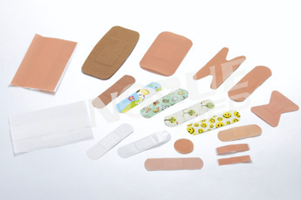
1.Gauze Sponges
Gauze sponges can be used to absorb excess body fluids before dressing a wound, and can provide a sterile barrier against dirt and bacteria as well.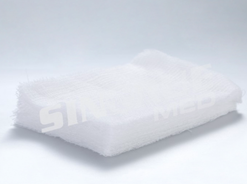
2.Medical Tape
Medical tape helps stabilize and secure the bandaging that is placed over a wound or surgical site. Medical tapes are typically self-adhesive and hypoallergenic, there is a large variety of types that are suitable to different kinds of injuries and wounds.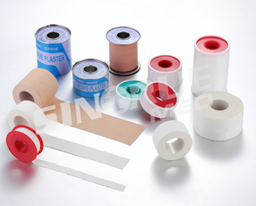
3.Non-woven sponges
Non-woven sponges are comprised of tightly pressed cotton or polyester and/or rayon fibers. These sponges are thicker and more durable than woven sponges, which makes them ideal for protecting wounds. Non-woven sponges leave minimal lint in a wound when they’re removed, making them a great option for packing open wounds and promoting optimal healing.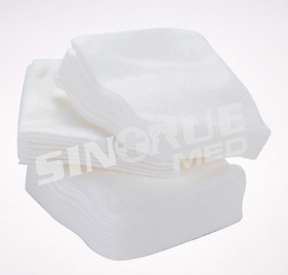
4.Alcohol pads
Alcohol pads are sealed and packaged individually, are used to clean and prepare the skin for an injection or incision. Alcohol pads help prevent bacteria from entering the body when the skin is broken.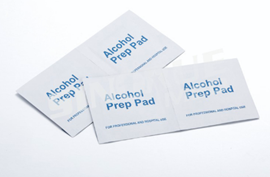
5.Gauze rolls
Gauze rolls are used frequently as the first layer of dressing and bandaging of a wound. The bleached, loosely woven gauze can be used to absorb moisture or wick away fluids that will be absorbed in an outer bandage on the wound.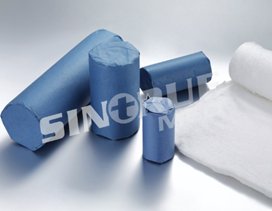
6.Cotton Tipped Applicators
Cotton Tipped Applicators can be used to clean the wound, as well as skin surrounding it.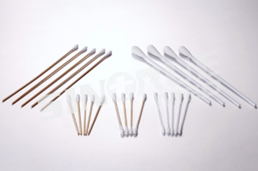
7.Cotton Balls
Cotton Balls are frequently used for cleaning, sanitizing, and prepping wound sites before bandages or dressings are applied. They can also be used to apply medicines or ointments to a wound, ensure it stays clean and free of bacteria.
8.Adhesive Bandage
Adhesive bandage can protect the wound and scab from friction, bacteria, damage, and dirt. Some of the dressings have antiseptic properties. An additional function is to hold the two cut ends of the skin together to make the healing process faster.